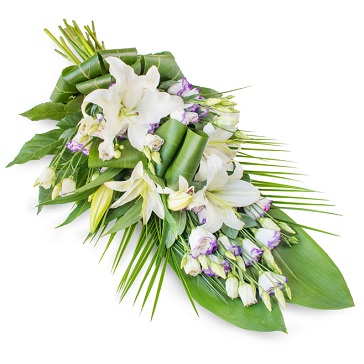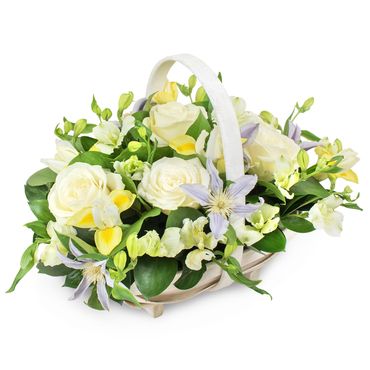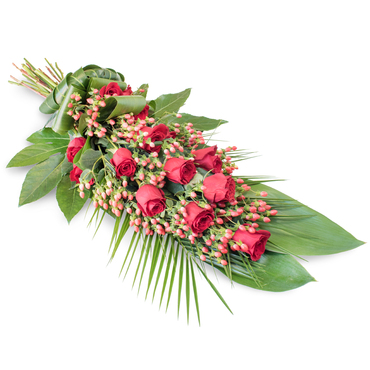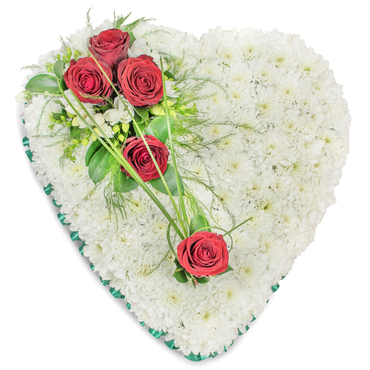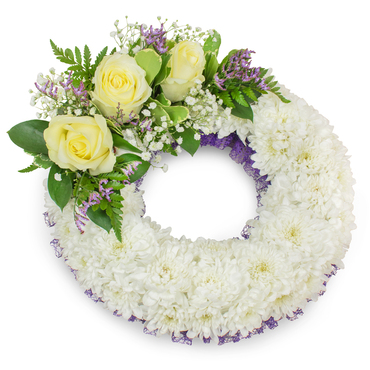History of Funeral Flowers
Posted on 20/08/2018
The Origin of Funeral Flowers
When a loved one departs us, it becomes the most daunting time of our lives. It is by far the most painful thing that can happen to our lives. During this time, we even go to the extent of questioning our faith. It could be the family's only breadwinner a baby or a grandparent who has departed us. Death, irrespective of the cause or age, leaves the bereaved in a time of sorrow.
We begin asking why the deceased had to leave. Nothing seems to work out in our favour at such times. Even the most religious question their gods. As a result, those who are touched by the loss of a loved one reach out to the bereaved in sympathy and offer their support.
Funeral flowers have been used to soothe and pass funeral tributes from time immemorial. The language of funeral posies is considered to be universal. When words can't seem to express our sincere condolences, you can opt to send funeral flowers to convey your message in the best way you desired. Flowers communicate the language of sympathy, love, and respect.
While most people believe that the first funeral flowers were used to conceal the fragrance of President Jackson's decomposing body, the actual first recorded funeral flowers were from the Shanidar caves in Iraq. Here, skeletons were found covered in deposits of wildflowers. The eight flowers included hollyhock, thistle, cornflower and grape hyacinth.
The History of Funeral Flowers
While incorporating flowers into burial rituals has been around for many years, different traditional flowers conveyed different messages than they do today. The use of sympathy flowers in consoling the bereaved has been an ancient way of mourning the loss of our loved ones. Dr. Ralph Solecki recorded its first use in 1951 during the first excavation in the Shanidar Cave, Northern Iraq. Several skeletons had traces of flower and pollen pieces from various species of flowers. Samples from the soil confirmed them to be the first flowers to be used for funerals.
Traditional Uses of Flowers at Funerals
Flowers traditionally were used for masking unpleasant smells from decaying bodies. The quantities of the flowers to be used on the body was determined by the duration the body stayed after the deceased had departed and the condition of the body at the time of the burial.
Modern Uses of Flowers at Funerals
Today, flowers are used to send compassionate messages that no words can express. They are the most excellent means for passing our most sincere condolences and sympathy to the bereaved.
Symbolism of Flowers at Funerals
Flowers from time immemorial have been used to symbolize the life cycle. They convey messages of sympathy, eternity, love and immortality. For instance white carnations symbolise innocence.
Therefore, throughout our history, flowers have been used to celebrate and to mourn our loved ones. In death, they honour the deceased and console the departed. Besides, they are believed to be natural ways of lessening our emotional burdens that accompany the thoughts of losing a loved one.





